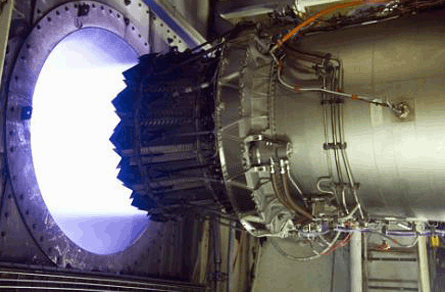A transatlantic team has sweetened its price offer to the US Department of Defense seeking to keep alive a threatened alternate engine for the F-35 Joint Strike Fighter.
In September, the General Electric-Rolls Royce Fighter Engine Team offered to deliver 21 F136 engines in Fiscal 2013 at a fixed price, converting the contract from a cost-plus structure years ahead of schedule.
The team now is offering to keep slashing prices for engines delivered in FY2014 and FY2015. A total of $1 billion of cost savings could be achieved if Pratt & Whitney responds by slashing their costs, says Jean Lydon-Rogers, chairman of the Fighter Engine Team.
"We think competition is the best answer," adds John Rice, president and CEO of GE Technology Infrastructure.
Pratt & Whitney, which offers the primary F135 engine, quickly responded to the announcement. The company challenged their rival's claim about which programme proposed to slash prices first.
 |
|---|
© Rolls-Royce |
"Pratt & Whitney welcomes others to the fixed price solution which we offered to the DoD more than a year ago," the company says in a statement. "This belated offer and its timing, coming just prior to Congressional consideration, is simply a distraction."
The DOD has been trying to cancel the F136 alternate engine for five years, but the Fighter Engine Team's allies in Congress have restored funding to continue development and launch the first two years of low-rate initial production.
Although GE is several years behind P&W's F135, the company plans to deliver six test engines by the end of the year and is currently 70% complete with the development.
But DOD officials believe the extra cost to complete the F136 programme is not worth it. A recent cost study pegged the projected cost to complete development and enter full-rate production at $2.9 billion.
GE and Rolls, however, dispute the government's analysis, projecting the maximum cost to complete the F136 at $1.8 billion.
So far, the DOD has not responded to the Fighter Engine Team's original proposal in September, nor the updated proposal.
Lydon-Rogers acknowledges the latest pricing proposal contains two loopholes. The fixed price contract would have to be renegotiated if the government changes the specification for engine performance or the pace of engine deliveries over the next five years, she says.
Source: Flight International
















